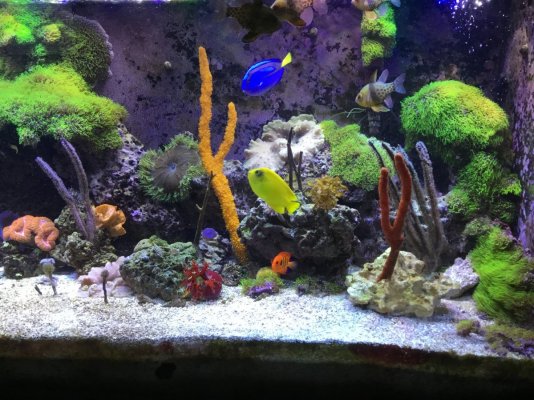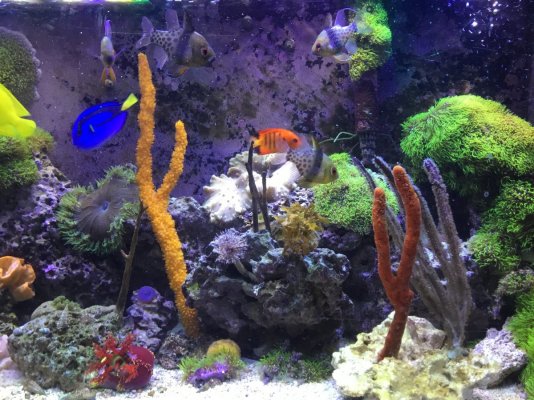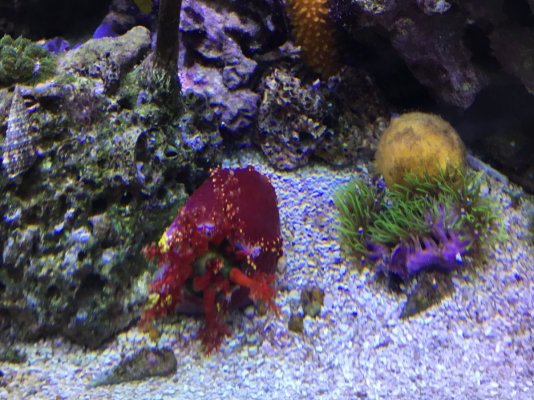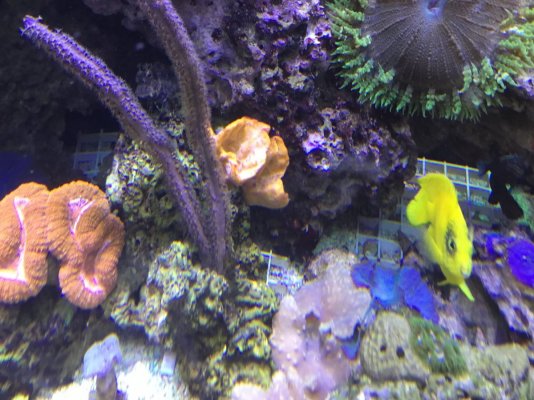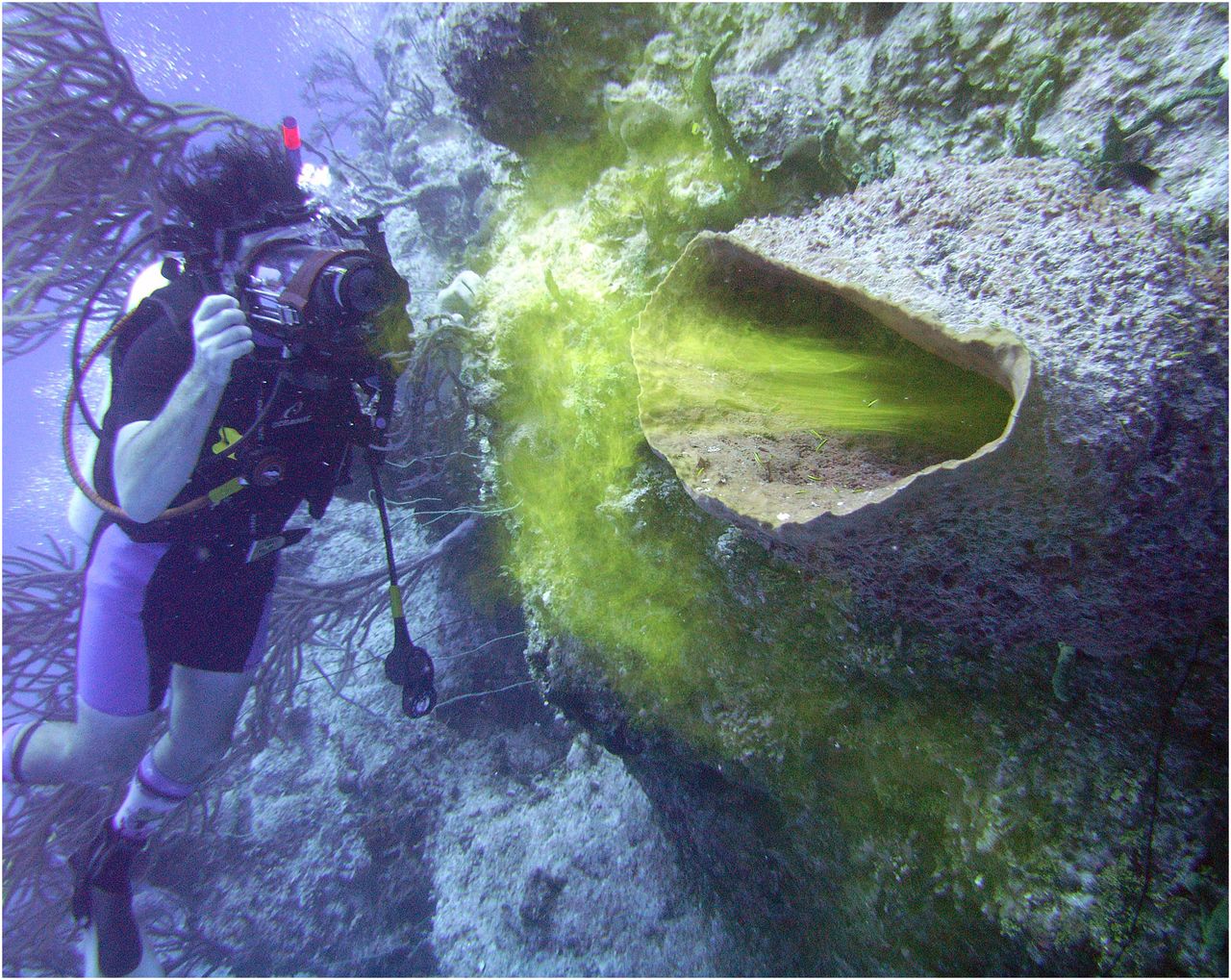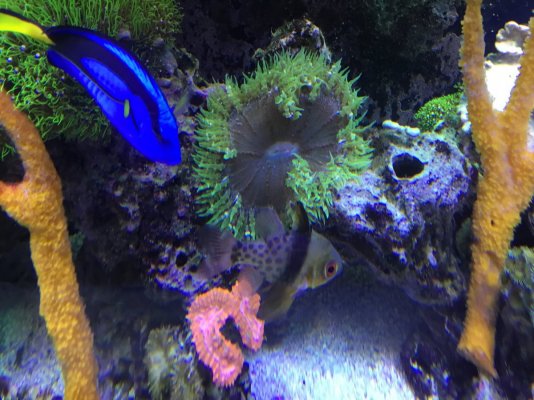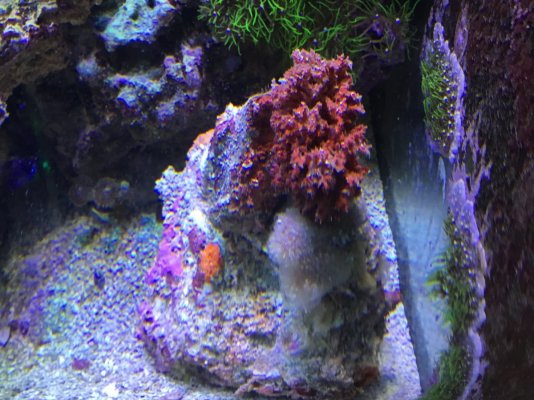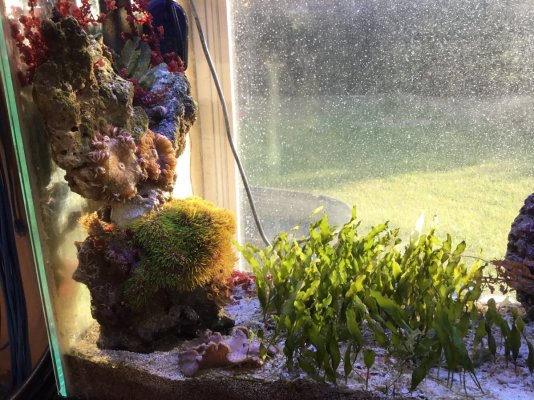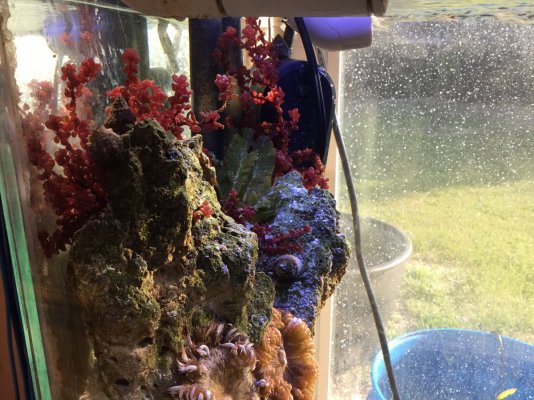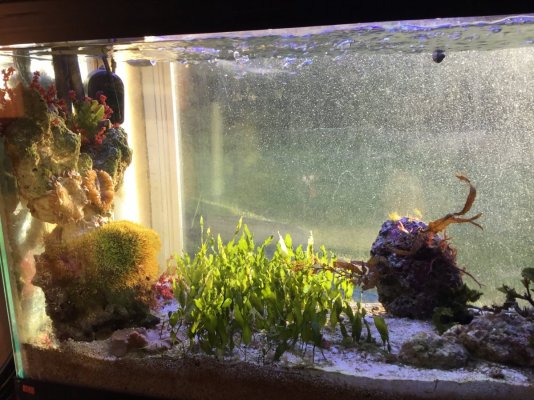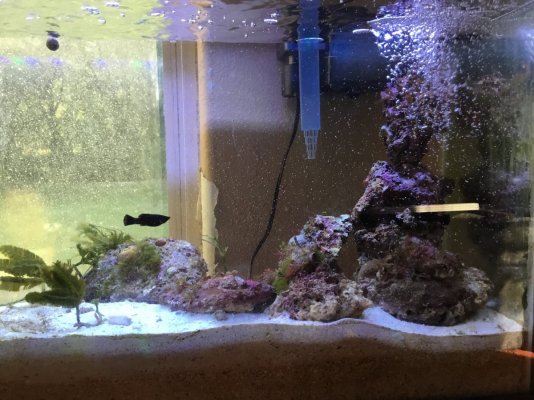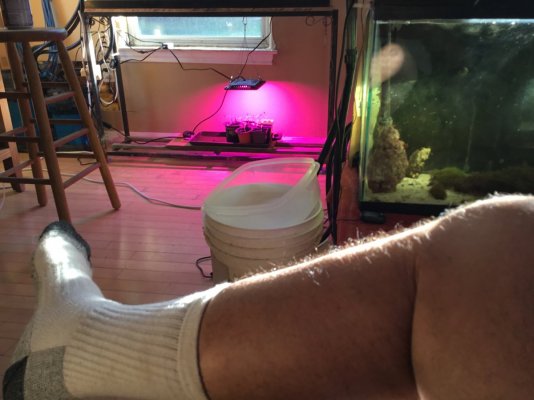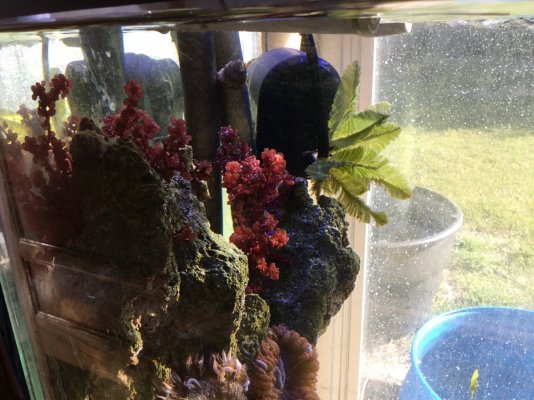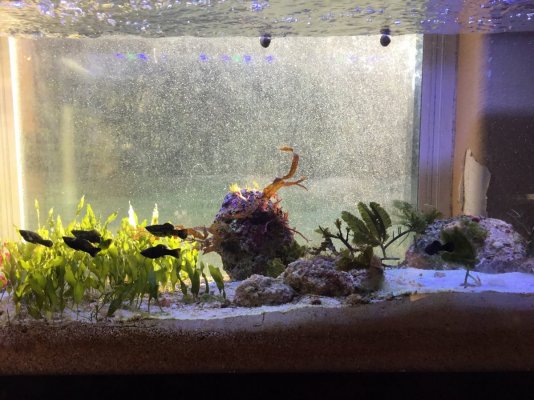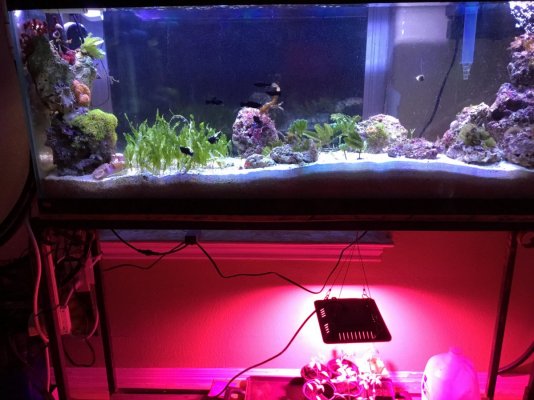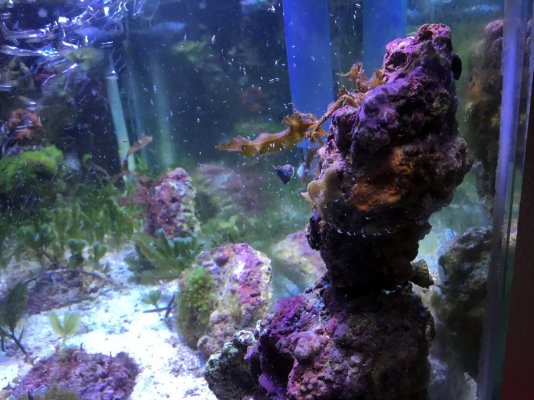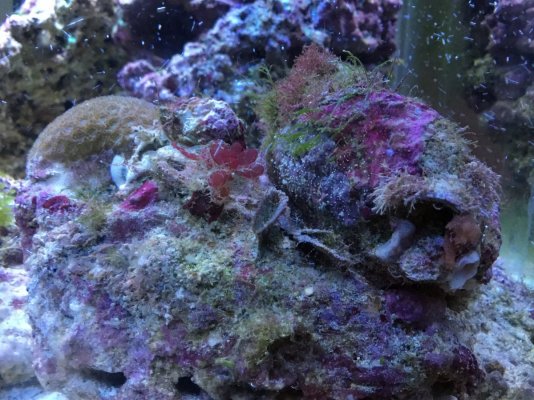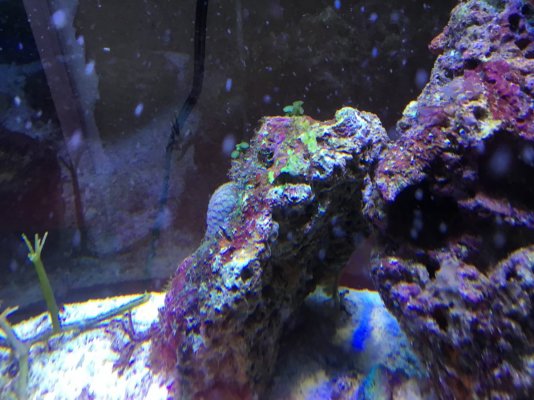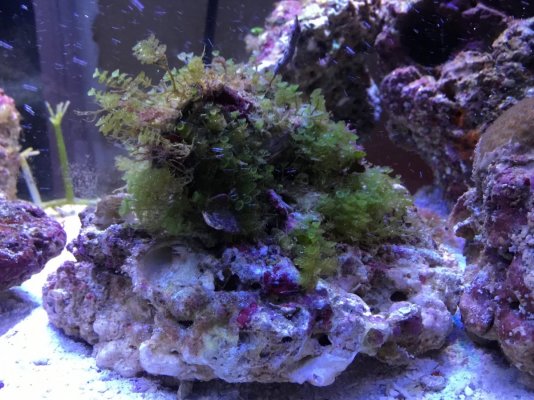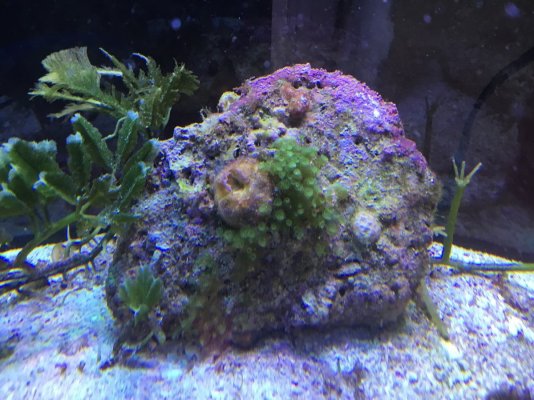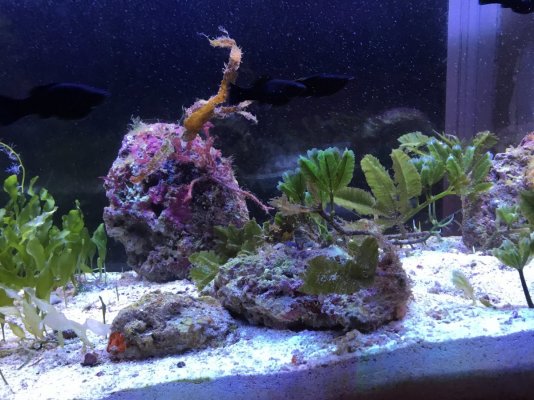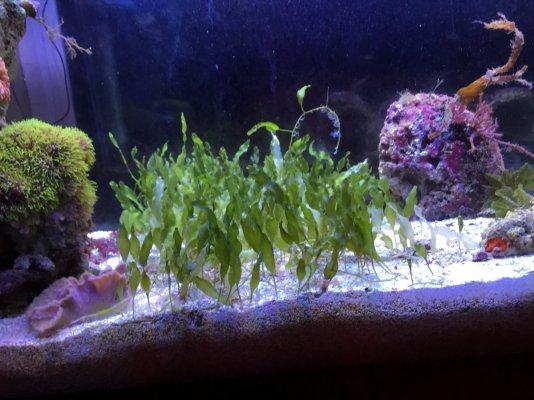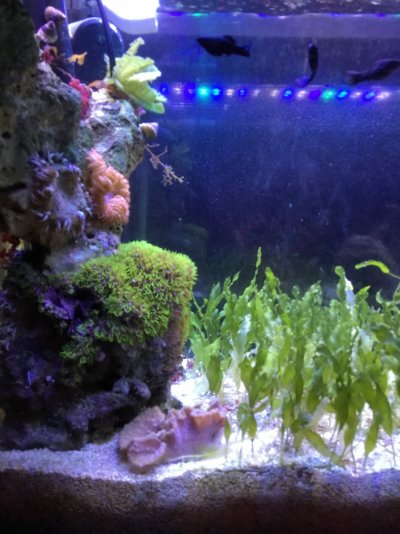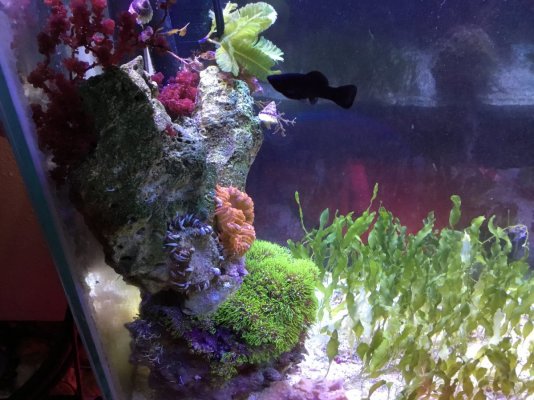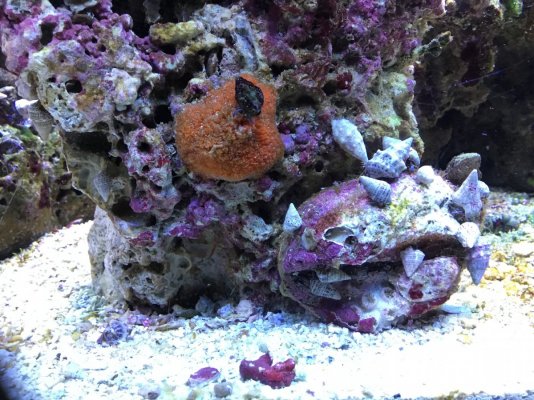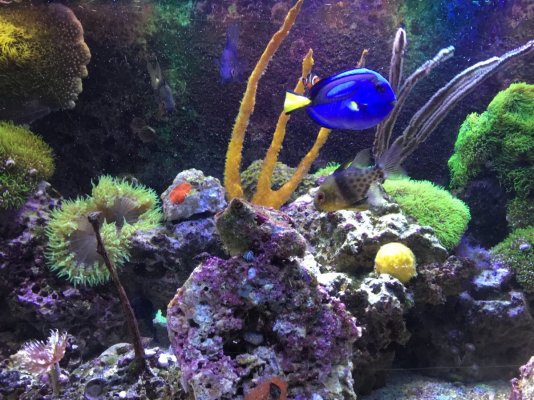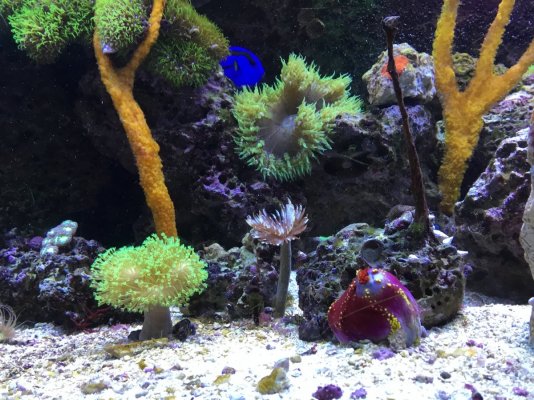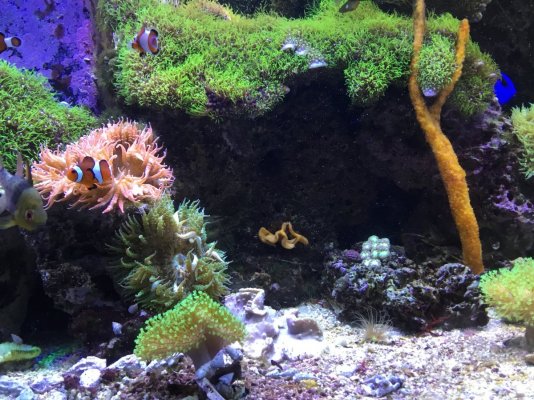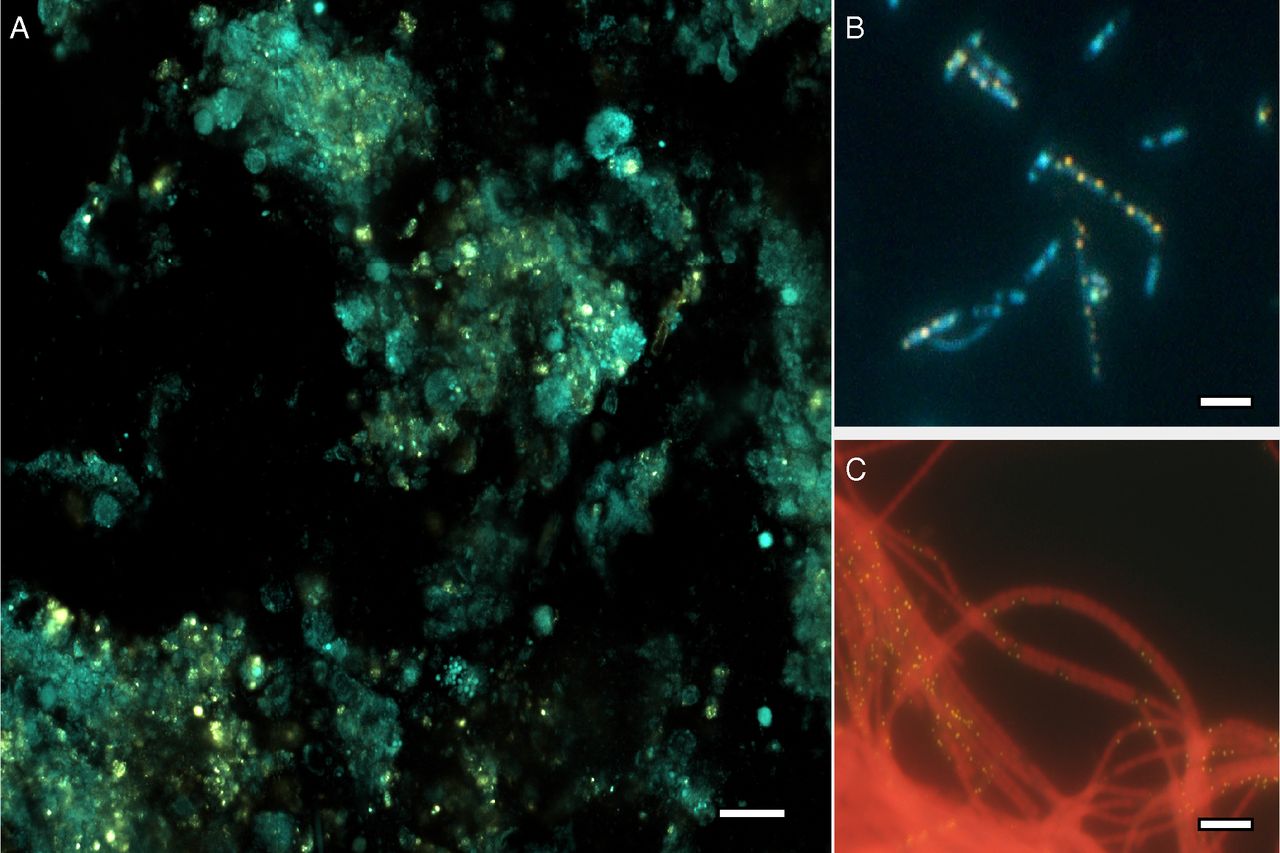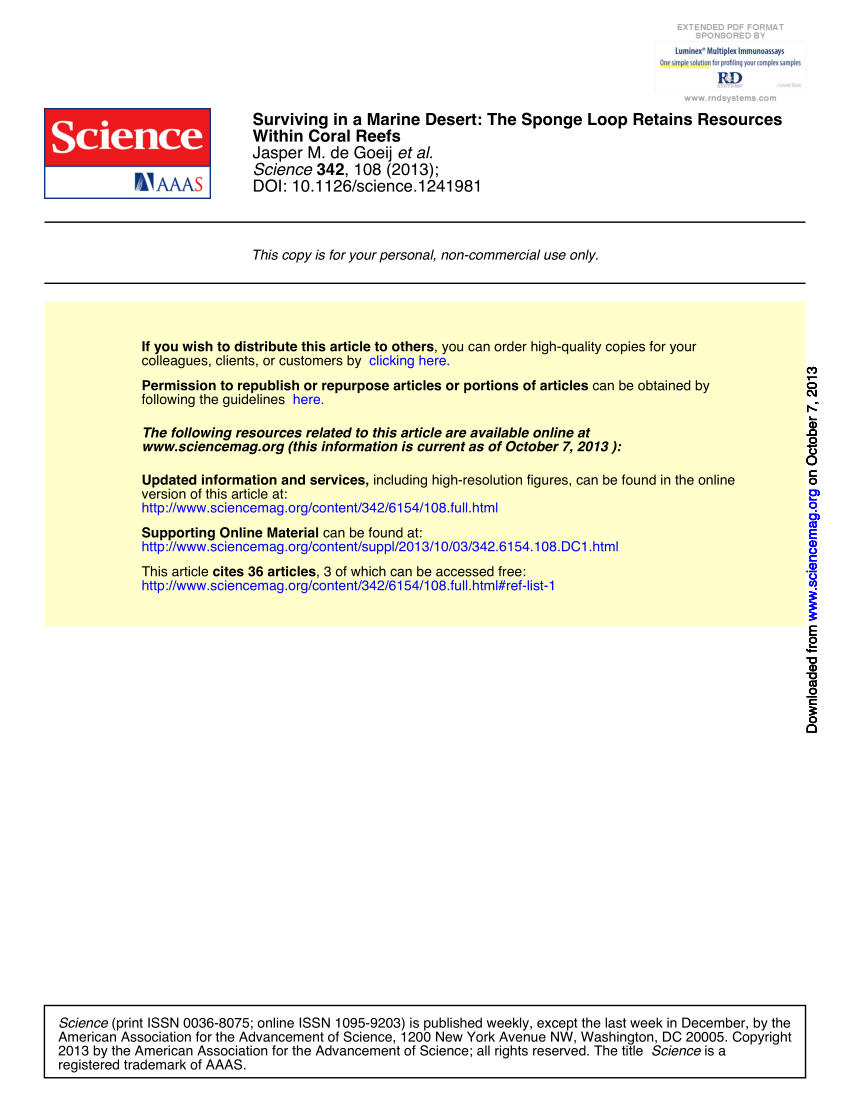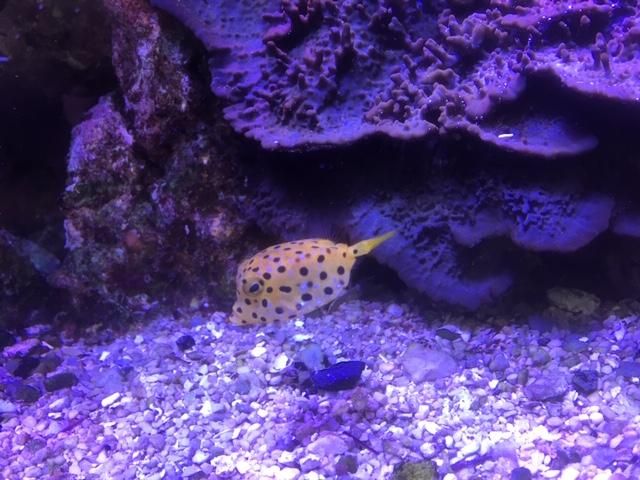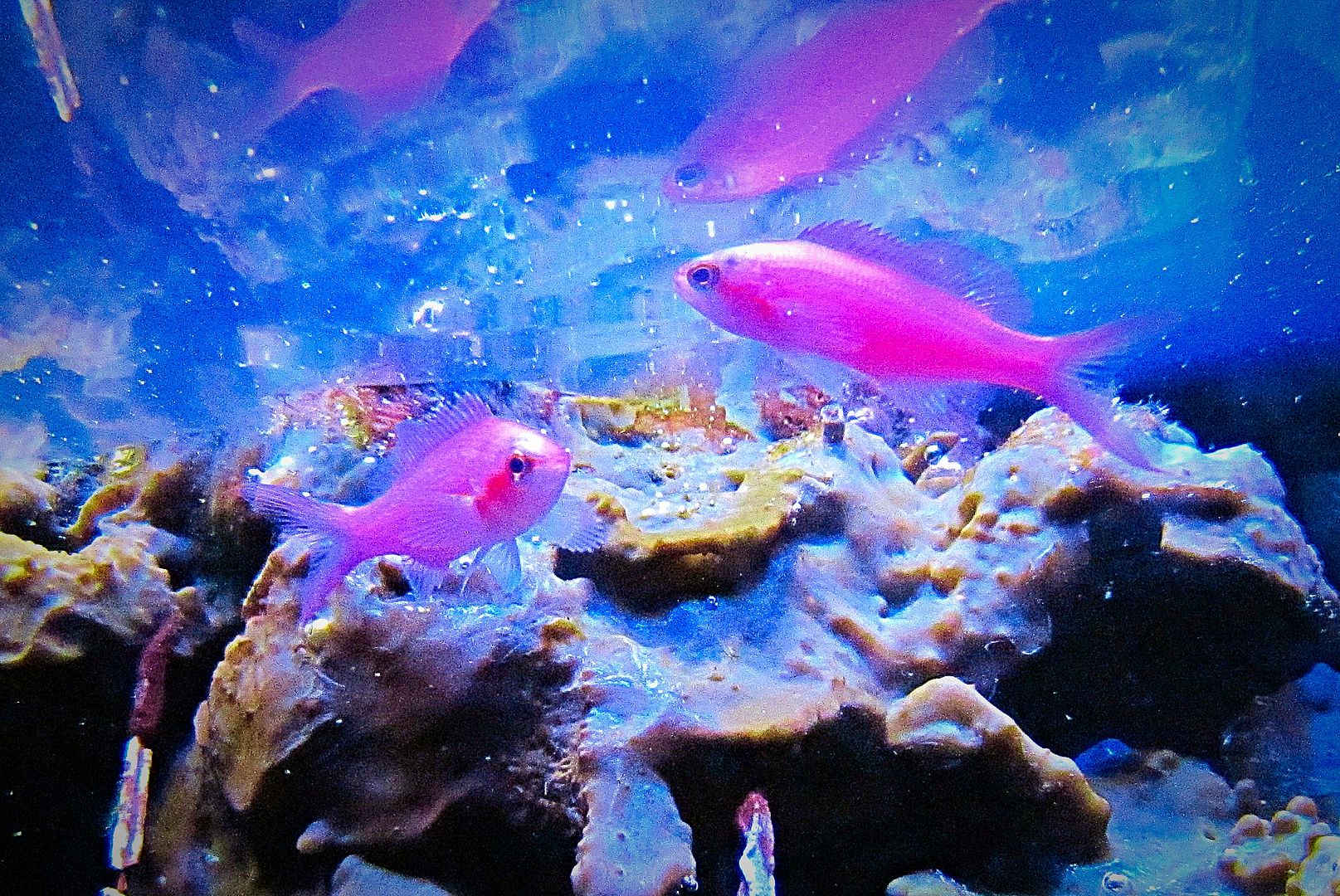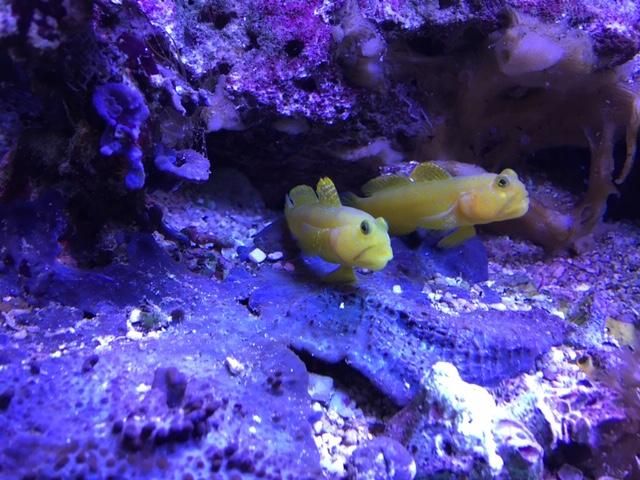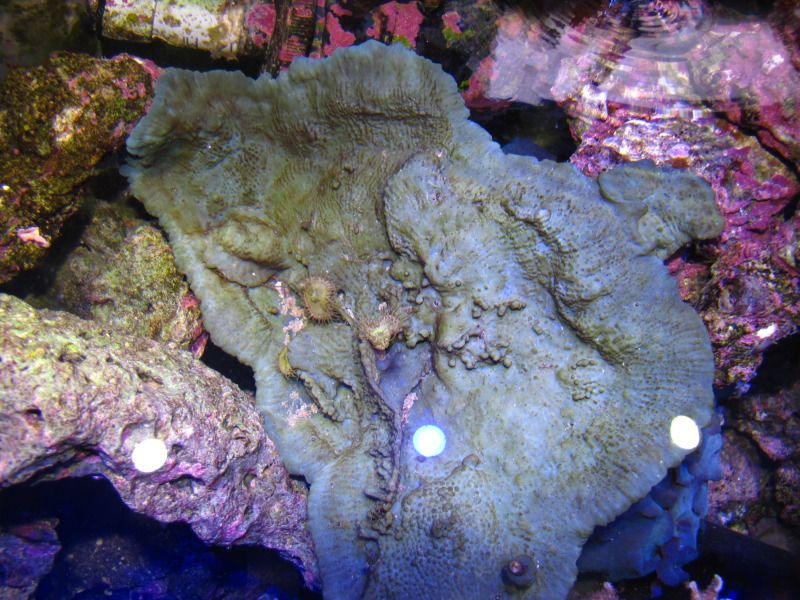Nutrient management from my point of view entails more about nutrient recycling and moving carbon up the food chain with live food beginning with detrivore larvae as a source of that carbon..
I can recall laying on my stomach with 2 yr old grandson using magnifying glass with led light to see the “little people” in mud/macro refugium.
I have a theory about nutrient export using algae. Algae will absorb nutrients in the ratio that they are in the water. In cases like iron, macro algae will store up excess for when times are lean with iron. This iron storage is well documented in both land and marine plants. I can document it with respect to Gracilaria Hayi.
I bring in a lot of minerals with well water at 1000 TDS. I know I remove many minerals with macro that has concentrated minerals from the water. The most surprising example was copper which tested at 2 ppm in Red Ogo but bulk water showed < 100 ppb or 0.01 ppm which was test sensitivity level. Concentration ratio of copper from bulk water to algae dry mass was 200:1
My theory,
Because macro concentrates minerals in the water I use macro in the place of partial water change. In the case of copper, the concentration ratio was 200:1. The copper in well water makeup was below sensitivity level of the test so at most 0.01 ppm and dry analysis of macro was 2ppm. So, aggressively grow seaweed and harvest it.



